Need help? Call us:
+91 9350880023
- Agriculture
- air
- Ancient India Culture
- Ancient Indian Sciences
- Anthropology and Sociology
- Archaeology
- Architecture
- Art
- Art & Culture
- Artificial Intelligence
- Asian History
- Biographies
- Buddhism
- Business
- Children’s Book
- CINEMA
- classical
- Classification
- Comics
- Constitutional Law
- Cookbook
- DALIT
- Defence
- Ecology & Environment
- Economics
- Education
- Educational Philosophy
- English Stylistics
- Entrance Exams
- Entrepreneurship
- Geography
- Handicraft
- Health
- hindi
- Hinduism
- Historical
- History
- Human Rights
- Indian History
- Indian Literature
- Indian Regional
- Indian Writing
- Indology
- Intelligence
- International Relations
- Islam
- Jainism
- Journalism
- Journalism
- Library
- Library & Information Science
- Literary Theory
- Literature & Fiction
- Management
- Mass Media
- Medical History
- military history
- Military Science
- Military Studies
- Music
- Mythology
- Nuclear Engineering
- Philosophy
- Political Freedom & Security
- Political Science
- Psychology
- Reference
- Religion
- Religion & Spirituality
- Research Methodology
- Sanskrit
- Security
- Social Science
- Social Sciences
- Social Sciences (
- Society & Culture
- Sociology
- Sociology & Anthropology
- terrorism
- Tibet
- Tourism
- Tribal
- Uncategorized
- UPSC Civil Services
Colon Classification: Origin, Development and Future Prospects
₹1,275.00 Original price was: ₹1,275.00.₹880.00Current price is: ₹880.00.
10 in stock
₹1,275.00 Original price was: ₹1,275.00.₹880.00Current price is: ₹880.00.
(Inclusive of all taxes)
Colon Classification: Origin,
₹1,275.00 Original price was: ₹1,275.00.₹880.00Current price is: ₹880.00.
About the Book
Colon Classification (CC) is not considered among the living three ‘big’ library classifications, namely the Dewey decimal, Universal decimal, and Library of Congress classifications. Indeed, it is not big in popularity of use, but is greater in stature and influence than any other library classification. Designed by Dr. S. R. Ranganathan (1892-1972), the acknowledged greatest librarian of his time, the CC was the only truly faceted and groundbreaking system of classification when published in 1933—the first real breakthrough since 1876. Its concepts and methods both were revolutionary which took time to be noticed seriously and more than two decades to be accepted as method for all information retrieval by those who mattered. Since then, its method of ‘Facet Analysis’ and concept of ‘Fundamental Categories’ have continuously been developed not only in India, but abroad too, especially by the London-based Classification Research Group (CRG). From there it intrigued the best brains of our profession throughout the world.
This book dwells on to explore the forces responsible for the birth and currents that developed and shaped Colon Classification through its various editions. It further attempts to study its definite and visible influence on the later editions of systems of the pre-existing classifications like DDC, UDC, and the other schemes those followed CC such as BBK, BC-2 and BSO. Special classifications such as the London Education Classification, British Catalogue of Music, British Technology Index designed on its methods are numerous. A chronology of CC from 1924 to 2024 is its unique feature. The book appeals to work for the future revisions of the CC and suggests several ways and means for its resurrection, practical use and sustainability. It is a national heritage which must be preserved and perpetuated.
Product Details
Best Sellers
Dewey Decimal Classification: A Practical Manual of 23rd Edition
🔥 7 items sold in last 7 days
Colon Classification: A Student Companion
🔥 5 items sold in last 7 days
Colon Classification : A Practical Introduction (7th Edn.)
🔥 2 items sold in last 7 days
Customer Reviews
You must be logged in to post a review.

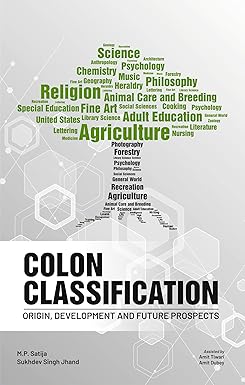
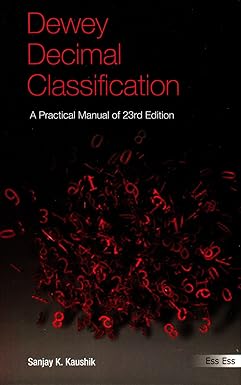
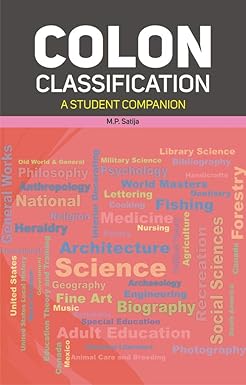
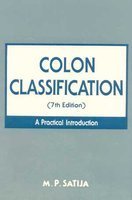

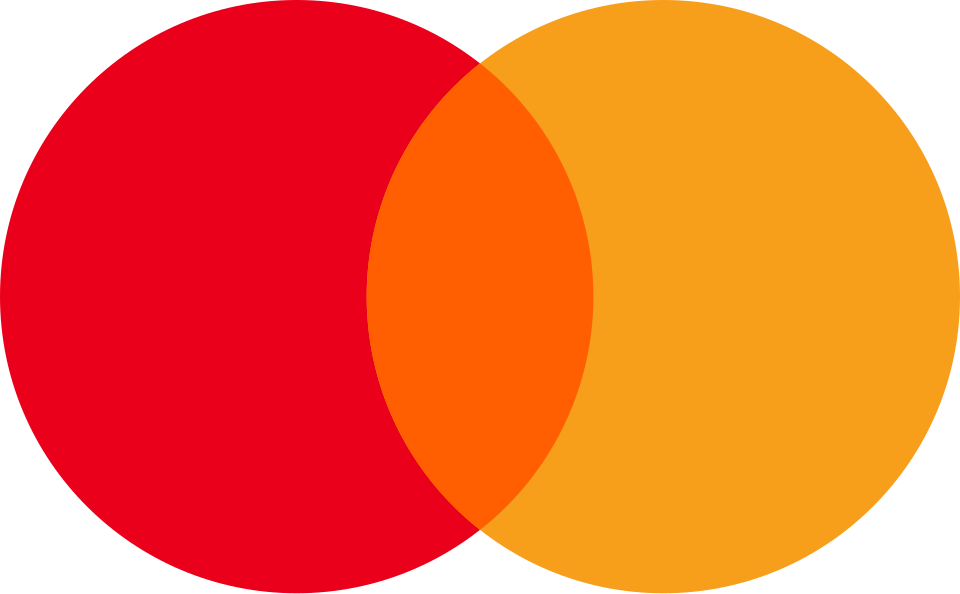
Reviews
There are no reviews yet.